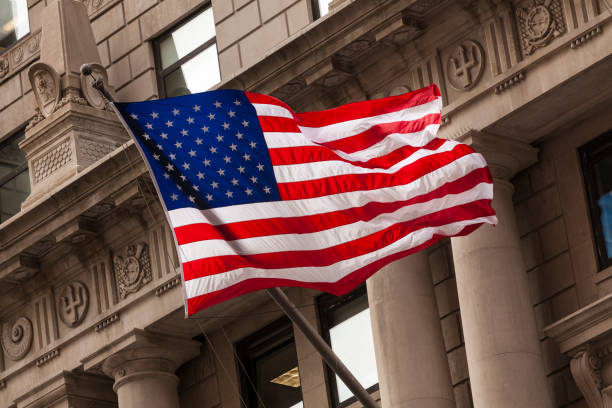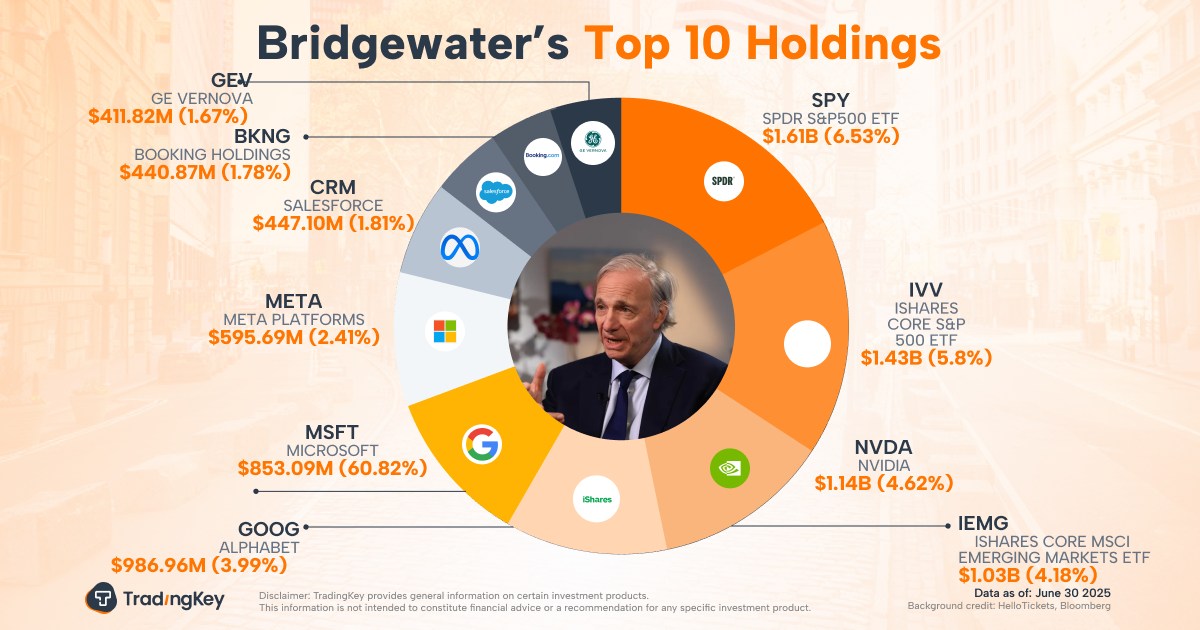BREAKINGVIEWS-Nasdaq confronts rare luxury M&A problem

By Jeffrey Goldfarb
NEW YORK, Aug 18 (Reuters Breakingviews) - It helps if the company running the market can divine its whims. When Nasdaq NDAQ.O unveiled a plan two years ago to buy software developer Adenza for $10 billion, the bourse operator’s shares promptly tumbled 10%. Since then, investors have come around, ascribing a valuation far larger than the transaction’s cost. The situation puts boss Adena Friedman under unique pressure to justify the rare M&A optimism.
Initial apprehension was understandable. Nasdaq paid a whopping 31 times EBITDA for Adenza, which buyout firm Thoma Bravo created by merging Calypso Technology and AxiomSL into a broader stable of cloud computing services for banks, brokers and fund managers. Projected cost savings and revenue uplifts lowered the multiple, but nowhere close to Nasdaq’s own. The pessimism also squared with broader evidence that deals typically destroy value, including a finding last year that 70% to 75% of acquisitions fail.
This one is working so far. Nasdaq hit its reduced post-deal leverage target more than a year ahead of schedule and has identified another $60 million of expenses to slash beyond the $80 million originally anticipated. Seven new financial technology cross-sales in the second quarter also kept it on pace to exceed the $100 million of annual extra revenue expected by the end of 2027. Better yet, this new business comprises sticky subscriptions, shrinking dependence on the volatile listings and trading businesses. Adenza’s growth rate and profitability, combined at 70%, put it in an elite group that attracts premium valuations.
The results are being rewarded. Nasdaq’s stock price has doubled since it bought Adenza in November 2023, outpacing gains by NYSE owner Intercontinental Exchange and its own Nasdaq Composite Index. More importantly, investors now seem to regard Nasdaq differently, valuing it at more than 20 times forecast next-12-months' EBITDA, according to Visible Alpha, 25% higher than at the time of the acquisition. Assume Nasdaq didn’t buy Adenza and that its multiple only reached 18 times, on par with ICE’s bump. In that scenario, the enterprise would be worth $45 billion instead of today’s $63 billion.
The difficult task now is to consolidate these gains and hammer home the strategic metamorphosis. Data-crunchers Moody’s and MSCI command an average of 26 times EBITDA, far richer than where Nasdaq has traded historically. It will be a tall order, but in the context of most post-M&A complications, these are luxury problems.
Follow Jeffrey Goldfarb on X and LinkedIn.
CONTEXT NEWS
Nasdaq said on July 24 that the strong recent performance of initial public offerings improved its outlook for new listings, after it reported a 13% year-over-year increase in second-quarter revenue, to $1.3 billion.
The exchange operator noted 10% growth and a record seven cross-sells in its financial technology division, helping fulfill the promise of revenue synergies from its 2023 acquisition of software developer Adenza for $10 billion.






